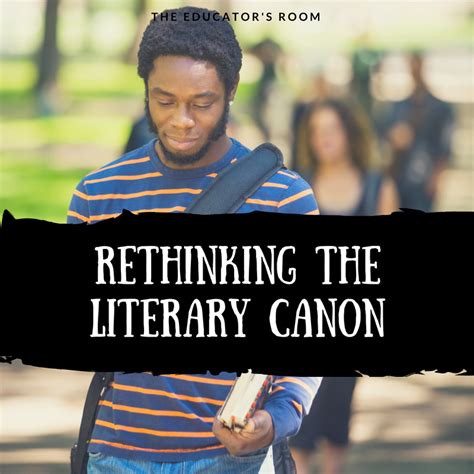Navigating the Essential Reading List
The Advanced Placement (AP) Literature and Composition course offers a comprehensive study of classic and contemporary literary works. The College Board, which administers the AP exam, publishes an official reading list that serves as a guide for students preparing for the exam. This list encompasses a diverse range of genres, time periods, and perspectives, providing a solid foundation for literary analysis and interpretation.

In this article, we delve into the essential books for AP Literature, offering insights and supplemental recommendations to enhance your reading and exam preparation journey.
Core AP Literature Reading List
The AP Literature Reading List is divided into two categories:
- American Literature:
- Frederick Douglass, “Narrative of the Life of Frederick Douglass, an American Slave”
- Nathaniel Hawthorne, “The Scarlet Letter”
- Arthur Miller, “Death of a Salesman”
- Toni Morrison, “Beloved”
- Flannery O’Connor, “A Good Man Is Hard to Find”
-
August Wilson, “Fences”
-
British Literature:
- Jane Austen, “Pride and Prejudice”
- Emily Brontë, “Wuthering Heights”
- Charles Dickens, “Great Expectations”
- William Faulkner, “As I Lay Dying”
- James Joyce, “A Portrait of the Artist as a Young Man”
- Virginia Woolf, “To the Lighthouse”
Tips for Reading and Analyzing the Texts
Engaging with the AP Literature reading list requires a proactive and analytical approach. Here are some strategies to maximize your reading experience:
- Annotate thoroughly: Mark up the texts with notes, questions, and insights that resonate with you. This will help you identify key passages and themes for future reference.
- Identify literary devices: Pay attention to the author’s use of figurative language, symbolism, foreshadowing, and other literary techniques. These devices can enhance the meaning and impact of the work.
- Consider historical context: Understand the time period and cultural background in which each work was written. This will provide valuable insights into the author’s perspective and the work’s significance.
- Connect themes across texts: Look for recurring themes and motifs that emerge across different works. These connections can deepen your understanding of the course material and improve your essay analysis.
Exploring Beyond the Reading List
While the AP Literature Reading List provides a solid foundation, consider exploring additional works to broaden your literary horizons and prepare for the exam. Here are a few recommendations:
- Contemporary American Literature:
- Jesmyn Ward, “Sing, Unburied, Sing”
- Colson Whitehead, “The Underground Railroad”
- Hanya Yanagihara, “A Little Life”
- Modern British Literature:
- Zadie Smith, “White Teeth”
- Kazuo Ishiguro, “Never Let Me Go”
- Jeanette Winterson, “Oranges Are Not the Only Fruit”
Sample AP Literature Essay Prompts
To gauge your understanding of the AP Literature reading list, practice writing essays on topics similar to those found on the exam. Here are some sample essay prompts to get you started:
- Analyze how the protagonist’s experiences shape their identity in Toni Morrison’s “Beloved.”
- Discuss the role of symbolism in William Faulkner’s “As I Lay Dying.”
- Compare and contrast the portrayal of societal norms in Jane Austen’s “Pride and Prejudice” and James Joyce’s “A Portrait of the Artist as a Young Man.”
Additional Resources for AP Literature
To supplement your study and enhance your understanding of the AP Literature content, consider these resources:
- Khan Academy AP Literature Course: Free online lessons, practice questions, and video tutorials.
- College Board AP Literature Exam Information: Official exam guidelines and sample materials.
- SparkNotes AP Literature Study Guides: Concise summaries, character analyses, and discussion questions for each work on the reading list.
- Private Tutors: Consider hiring a qualified tutor for personalized guidance and essay feedback.
Conclusion
Tackling the AP Literature reading list and exam preparation can be a rewarding journey of literary exploration and critical thinking. By following these strategies, you can navigate the essential texts with confidence and expand your understanding of literature. Remember to approach the reading and writing process with enthusiasm and an open mind, allowing yourself to engage deeply with the worlds and characters that await you on the pages of these literary masterpieces.
